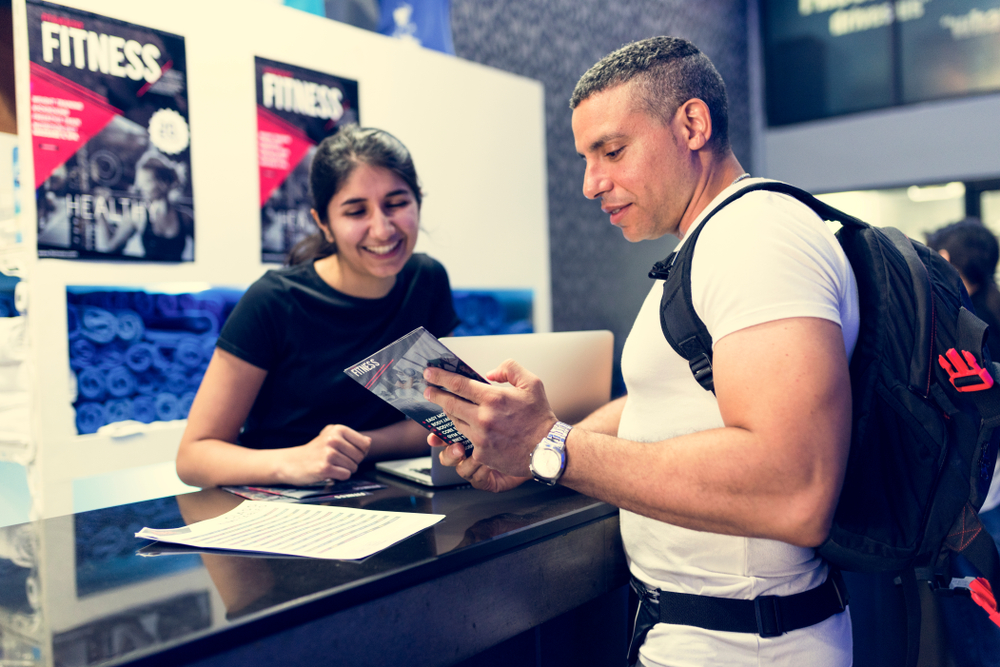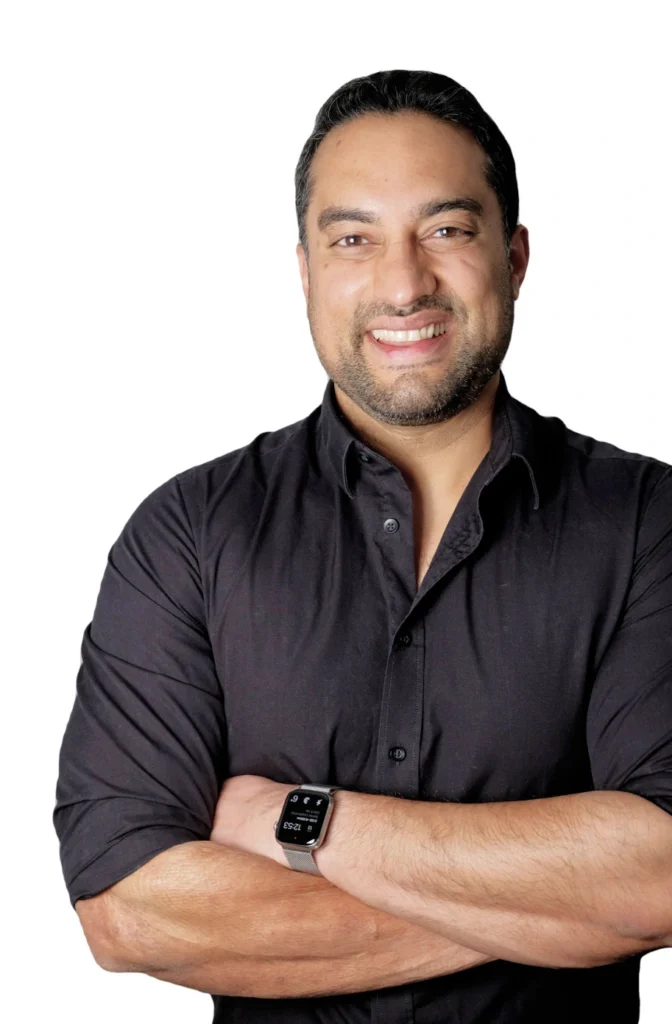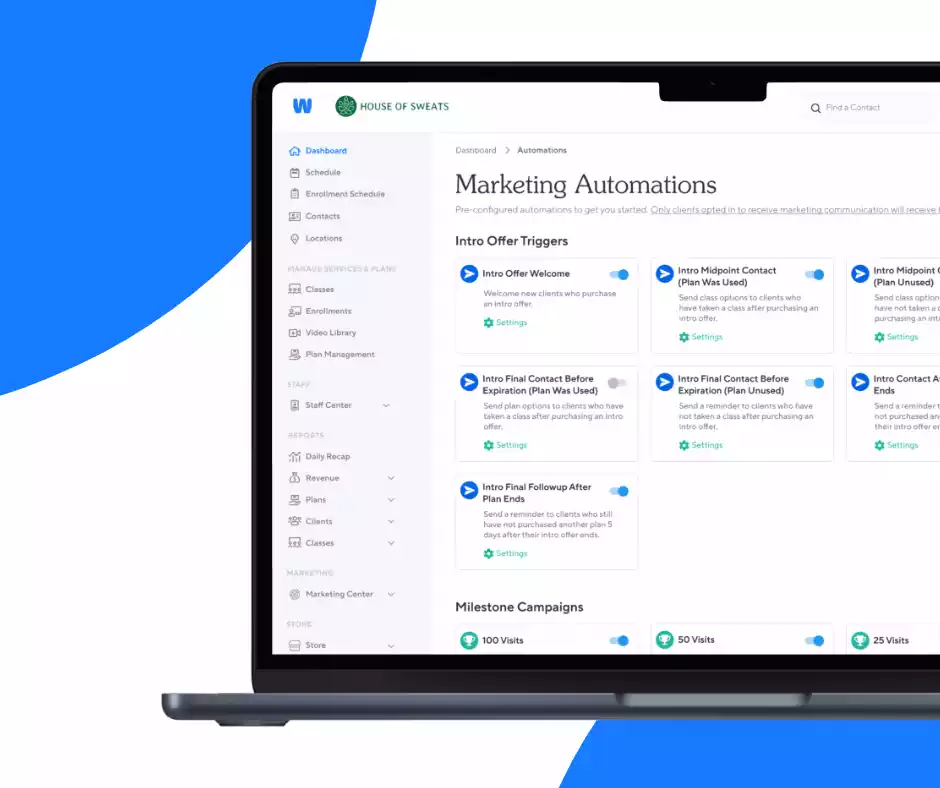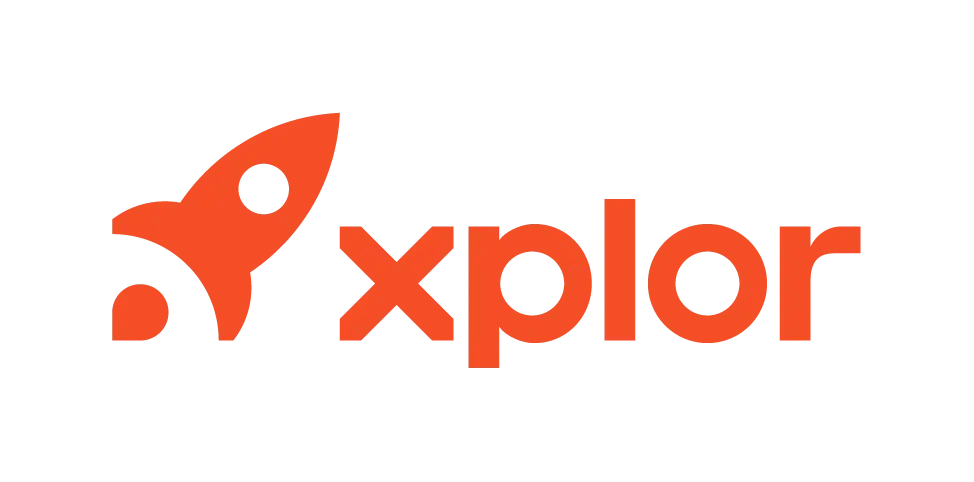These Fit Tech Brands Are Helping Gyms, Studios Attract, Engage & Retain Customers

Gyms and studios should embrace virtual content, use data and AI to better understand their customers and create high-quality mobile apps
With more competition than ever in the world of fitness, gyms and studios would do well to leverage the power of technology to better acquire, engage and retain members.
That’s easier said than done, so Athletech News spoke with executives from some of the top fit tech brands in the industry to get their thoughts on how fitness operators can and should use software, data and AI to get members in the door and keep them around for the long-term.
Tech companies servicing the fitness industry see a few main ways they can help gyms and studios with acquisition, engagement and retention. Strategies include embracing virtual content, using data and AI to better understand customers and making a mobile app that stands out from the crowd.
More than just a workout: Use apps to reach your members 24/7
The fitness consumer is increasingly spoiled for choice when it comes to working out. The proliferation of at-home fitness offerings and online content makes it tougher and tougher for brick-and-mortar gyms and studios to attract new members and keep their current ones from jumping ship for lower-cost options. At least that’s the traditional view.
ABC Fitness sees things differently. The fit tech giant, whose technology powers the apps used by some of the biggest clubs in the industry, is on a mission to help gyms keep their place as the go-to fitness brand for their members.
Sharad Mohan, president of ABC’s Trainerize and GymSales platforms, believes clubs are uniquely positioned to become the center of their members’ health and wellness lives. Mohan says that while consumers have tons of choices for fitness content, they’re looking for one centralized place where they can manage all those choices. Enter the traditional gym.
“It’s getting confusing for our members,” Mohan says of all the fitness content options consumers have today. “So the question is, who is best positioned to make sense of all those moving parts? The club. Because the consumer still looks to the club as their relationship partner for fitness.”
Mohan says clubs should leverage tech providers like ABC, who can create apps that go beyond traditional features like managing bookings and scheduling appointments.

“I think what makes our mobile app different is that it not only does a lot of the in-club stuff that you need, which I sincerely believe is table stakes today, but it really compliments in-club stuff with the general lifestyle expectations a person today has when it comes to digital fitness,” Mohan explains.
Gyms should be leveraging technology to create “personalized programming” for their members, Mohan says. That includes not just fitness programming, but nutrition, mental health and lifestyle options. Ideally, members should be using their club’s app all the time, not just on workout days.
“The person might not even be motivated to workout more than once every week or once every two weeks,” Mohan says.”That should not mean that the gym has nothing to do with their fitness and lifestyle seven days a week.”
Cristine Kao, ABC’s chief marketing officer, says offering diverse in-app programming can help clubs stay top-of-mind for their members.
“There’s a lot of data points that show that programming, especially around nutrition and habit, really makes the member engagement ‘sticky,’” Kao said. “That means you’re getting your clients’ mindshare. Imagine waking up first thing in the morning and all you see, on your watch or on your phone, is, ‘Hey, don’t forget to drink water.’”

Content is king. But which content is best?
One way gyms can use their app to engage members is by providing best-in-class content.
Gyms shouldn’t shy away from virtual content providers. Mohan says. Instead, they should partner with on-demand fitness platforms to deliver quality content to their members.
To that end, Mohan says ABC is striking partnerships with some of the top content providers in the game and bringing that content to clubs and studios, who in turn can deliver that content to their members as a way to drive acquisition and engagement.
“Content is something we believe will be the differentiator, along with technology,” Mohan said. “So not only are we partnering with the best out there, we’re looking at how we can invest in content as well.”
Wexer, a fit tech company focused on helping gyms improve their digital fitness offerings, also believes in the power of virtual content for brick-and-mortar clubs.
The company describes its mission as helping gyms “bridge the gap” between the digital and physical worlds.
“We strongly believe that virtual fitness will be the new treadmill,” said Robert Louw, chief growth officer at Wexer. “It took around 22 years for the treadmill to become accepted. When the treadmill came, everybody said, ‘Why do you need a treadmill to run indoors? I can just go outside and run.’ Nowadays it’s weird to walk into a gym without a treadmill. We think the same about consuming content in-club. But we also understand that it’s going to be needed outside the four walls of the gym.”

Wexer allows its clients to choose from its own aggregated fitness content library, but the company believes clubs should also be creating some of their own content. Wexer partners with clubs along that journey, Louw says, providing gyms with the data and expertise they need to create top-quality content.
“A great example is, we’ve seen huge growth not just in wellness content, but breathing content and sleeping content,” Louw said. “The uptake is enormous.“
Louw says gym owners and executives often think they intuitively understand what types of content their clients want, but the data sometimes tells a different story.
“A lot of times me and my team talk with CEOs, and they’re like, ‘We’re a hardcore gym, we swing kettlebells.’ And then we look at the stats, and it shows that yoga and Pilates are actually their most popular content.”
“Data doesn’t lie,” Louw says.
Leverage tech and AI to create more effective marketing campaigns
Technology, including AI, can be a powerful acquisition tool in a fitness operator’s marketing toolbox.
Walla, a platform that provides management software for studios, is set to release a marketing suite that allows its clients to personalize their outreach to customers. Walla’s marketing suite includes an email template its clients can use to create member-specific emails using custom GIFs, videos and photos.
“It’s backed by AI,” says Natalie Efstathiou, director of product at Walla. “So you can search for a specific image, a dolphin laying on the beach drinking a margarita, for example, and it will show up.”

Walla also has a feature that lets studios determine the different “personality types” of their members.
Members are prompted to take a test, which returns one of four different personality types. Efstathiou says knowing a customer’s personality type allows studios to more effectively market to their individual members, since different people respond better to different forms of communication.
“One of the personality types is the Thinker, and a Thinker doesn’t really care much about the cheerleader, ongoing types of messages, they just care about the facts,” Efstathiou said. “They don’t need constant reinforcement.”
Members take the personality test after they sign-up at a studio that uses Walla’s software. Existing members whose studios transition to Walla would receive an intro email prompting them to create a new account and take the test.
“It’s optional, but a lot of people enjoy learning about themselves, so it tends to get filled out quite often,” Efstathiou says of the test.
Use technology to automate acquisitions
Humans are poor multi-taskers and most of us have unreliable memories, so automation technology can play a key role in helping clubs ensure they’re reaching out to each and every customer.
Enter Xplor Technologies and its Marketing Automation platform, found within Xplor’s Mariana Tek boutique fitness product.

Emily Montgomery, the head of professional services at Xplor, says the platform’s tools help studio owners automate marketing tasks like sending emails and texts to members and potential members.
Montgomery says that for studios, the most important part of the acquisition process happens before a potential client even creates an account. But most studio owners don’t nurture leads soon enough, she says.
“Before you have created an account, when somebody is shopping and looking to see what studio they might want to take a class at, that’s where we want to start that engagement process,” Montgomery said. “And the most effective way to do that is in an automated fashion.”

Xplor helps its clients start the customer acquisition process as soon as a potential client browses a studio’s website and looks for class information.
“Right away, we set up an email and SMS drip campaign to then bring that individual into the brand,” Montgomery said.
For the fitness industry as whole, the act of acquiring is becoming more and more digital.
Kao of ABC Fitness says the fit tech company has noticed an interesting trend when it comes to how gyms and clubs are acquiring new members.
“We’re seeing now that around 40% of new members coming in are actually choosing to join online immediately” rather than visit in-person, she said.
People between the ages of 18-34, Gen Z and Millennial groups, are most likely to obtain a gym membership online, Kao says, likely due to their digital upbringing.
“You almost don’t even apply, from a historical perspective, an acquisition anymore,” Kao says. “It’s not really about communication, it’s about removing friction.”
Automation can also play a key role in engagement and retention.
Montgomery of Xplor says studios too often fail to engage their new members immediately after they first sign-up, which is when they’re in the “honeymoon stage” and are most likely to be receptive to marketing reach-outs.
“I go to many different studios, and most often, 30 days later, after I came in and had a single class, I maybe received one phone call, I didn’t get anything else,” she said. “After the 30 day mark, I get a, ‘We miss you’ and another offer to come back. But there was no connection that happened in between.”



